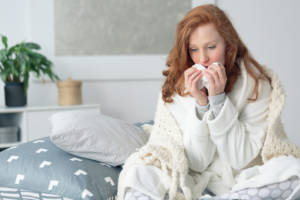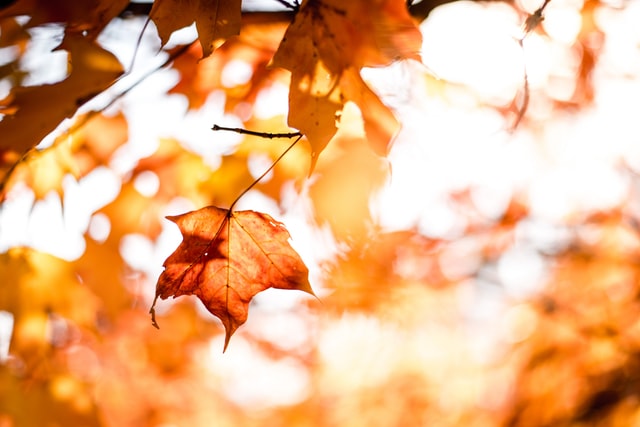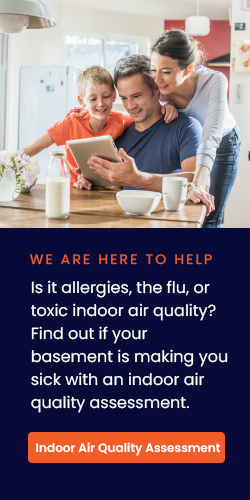Changes in weather and dropping temperatures are enough to make anyone feel a little sniffly. But are your itchy eyes and runny nose by-products of the weather, or could they be caused by fall allergies?

Fall allergies affect millions of people each year, including 75% of those who also suffer from spring allergies. The good news is you don’t have to agonize over the symptoms and side effects of fall allergies.
What Causes Fall Allergies?
As the blooms of summer fade, ragweed takes the stage and brings a whole crew of irritating effects with it. The most common trigger of fall allergies, ragweed starts to release pollen as early as August, though it can continue into September and October.
Pollen from ragweed can be carried for hundreds of miles, which is why fall allergies are so widespread, even in areas where ragweed doesn’t grow.
Another common trigger is mold. Not just restricted to damp, dirty basements, mold flourishes in any wet condition, especially piles of wet fall leaves. Dust mites can also send your allergies into a flurry as you turn on your heat for the first time in months.
In short, there is no singular cause of fall allergies, and they affect each person a little differently.
Symptoms of Fall Allergies
Do you suspect you might be suffering from fall allergies? Common symptoms include:
- Sneezing
- Itchy, watery eyes
- Runny nose
- Coughing
- Itchy nose
- Dark under-eye circles
These symptoms can often be mistaken for a late summer cold, but if you notice that you experience these symptoms around the same time each year, fall allergies could be the culprit.
Are Fall Allergies Different than Spring Allergies?
If you only suffer from fall allergies, consider yourself lucky. Many people experience similar or worse symptoms brought on by springtime allergies.
While fall allergies’ biggest trigger is ragweed, spring allergies are attributed to many types of pollen. Trees, flowers, grasses, and weeds release grains into the air that can irritate an otherwise healthy body. Symptoms for each are generally the same, though their severity depends on the person.
It’s important to know if you’re truly suffering from fall allergies rather than a cold or other illness so you are best prepared to treat your symptoms.
How to Combat Fall Allergy Symptoms for Noticeable Results
While others are heading to their nearest pharmacy to stock up on allergy medication, you should know that no amount of medication can prevent the effects of poor indoor air quality, which should be a top concern if you’re suffering from fall allergies.
A poor indoor environment can harbor allergy triggers that exacerbate your symptoms, making whatever medications you’re taking less effective. Defending against allergies requires you to tackle the root of the problem, not just treat symptoms.
Since allergy sufferers are more likely to stay indoors during peak allergy season to avoid worsening their symptoms, it’s critical you first create a clean indoor environment that can help you feel your best.
Otherwise, your indoor air could be causing more allergy symptoms than the air outside.
Talk to us today about testing your indoor air quality to help you survive fall allergy season.






